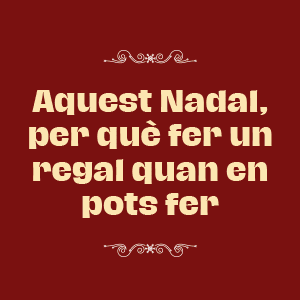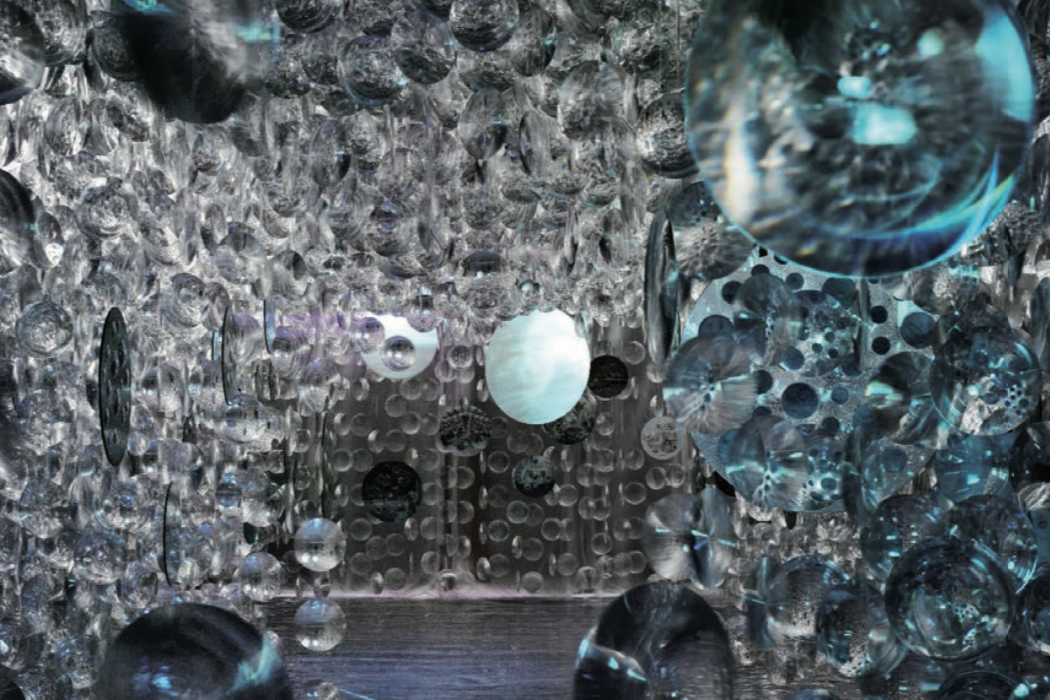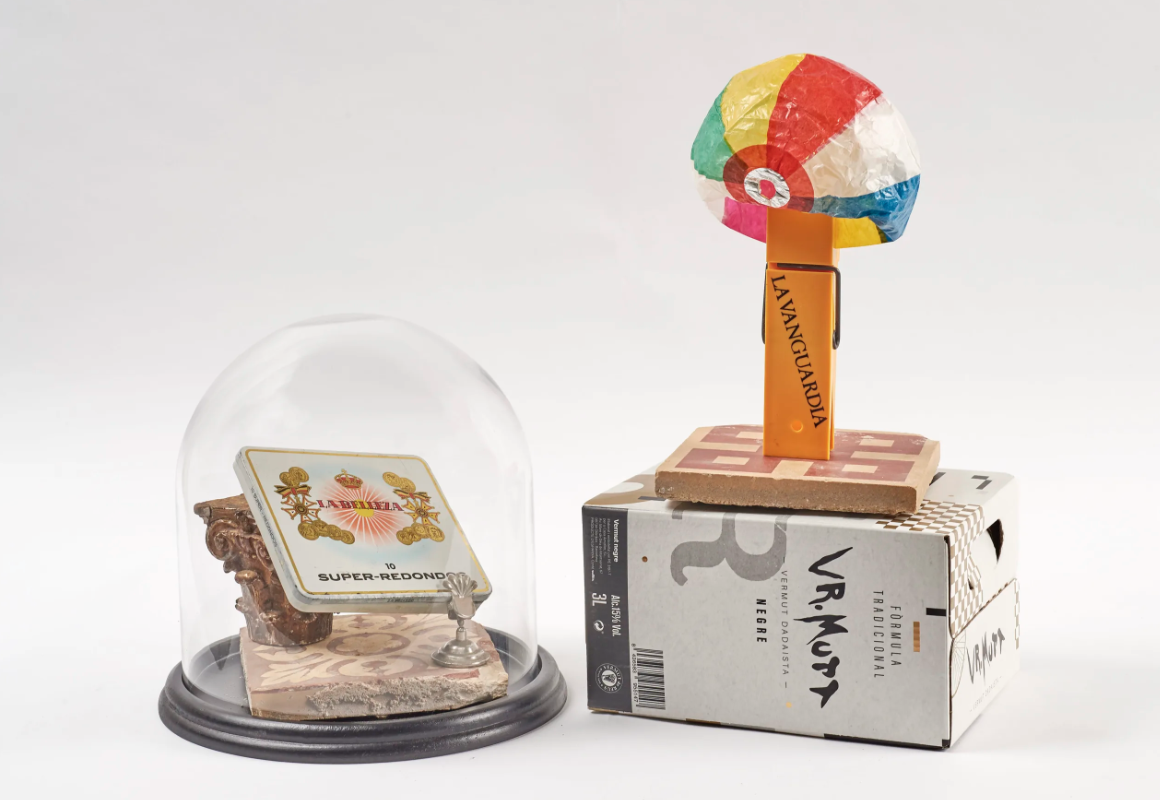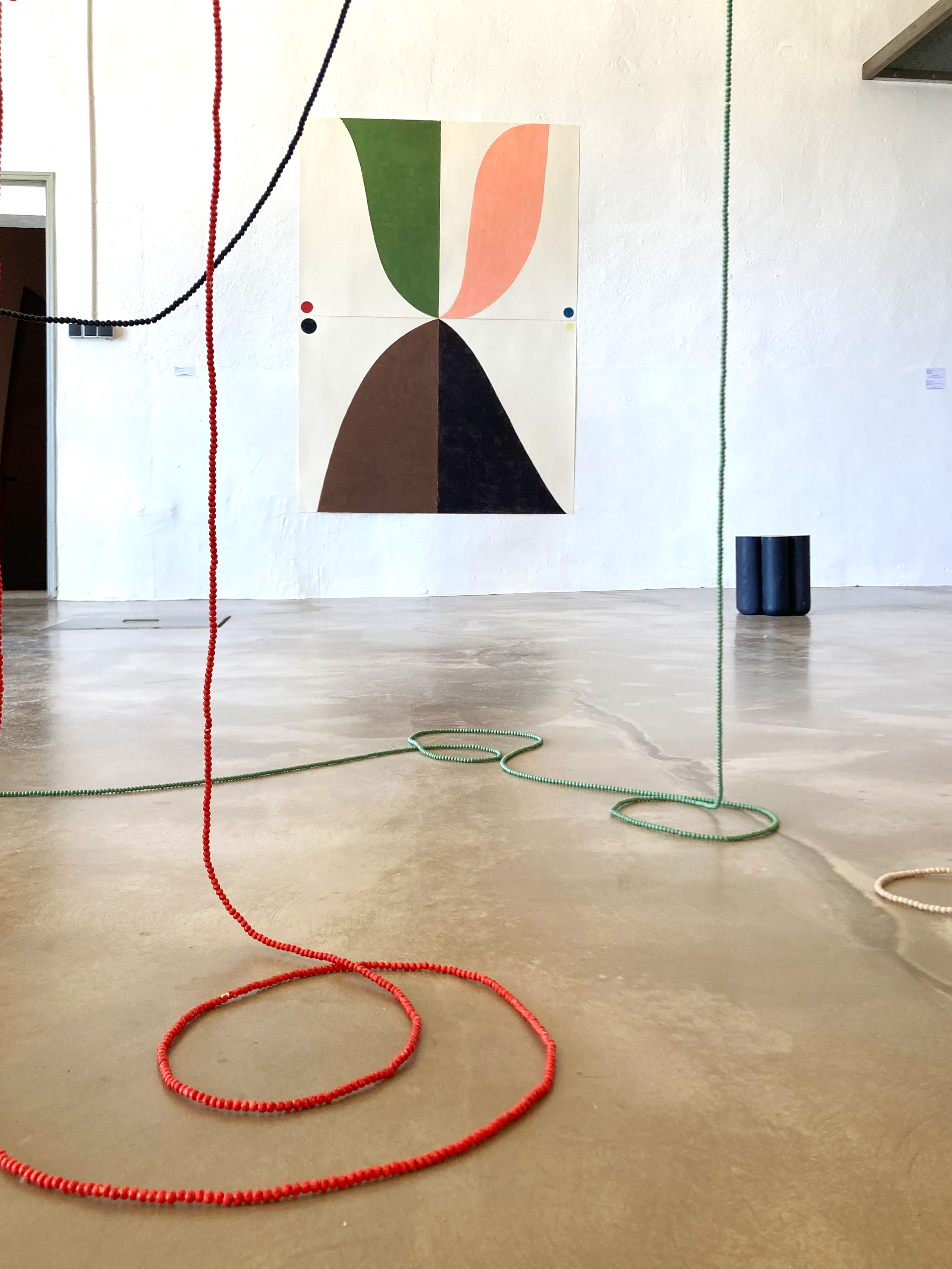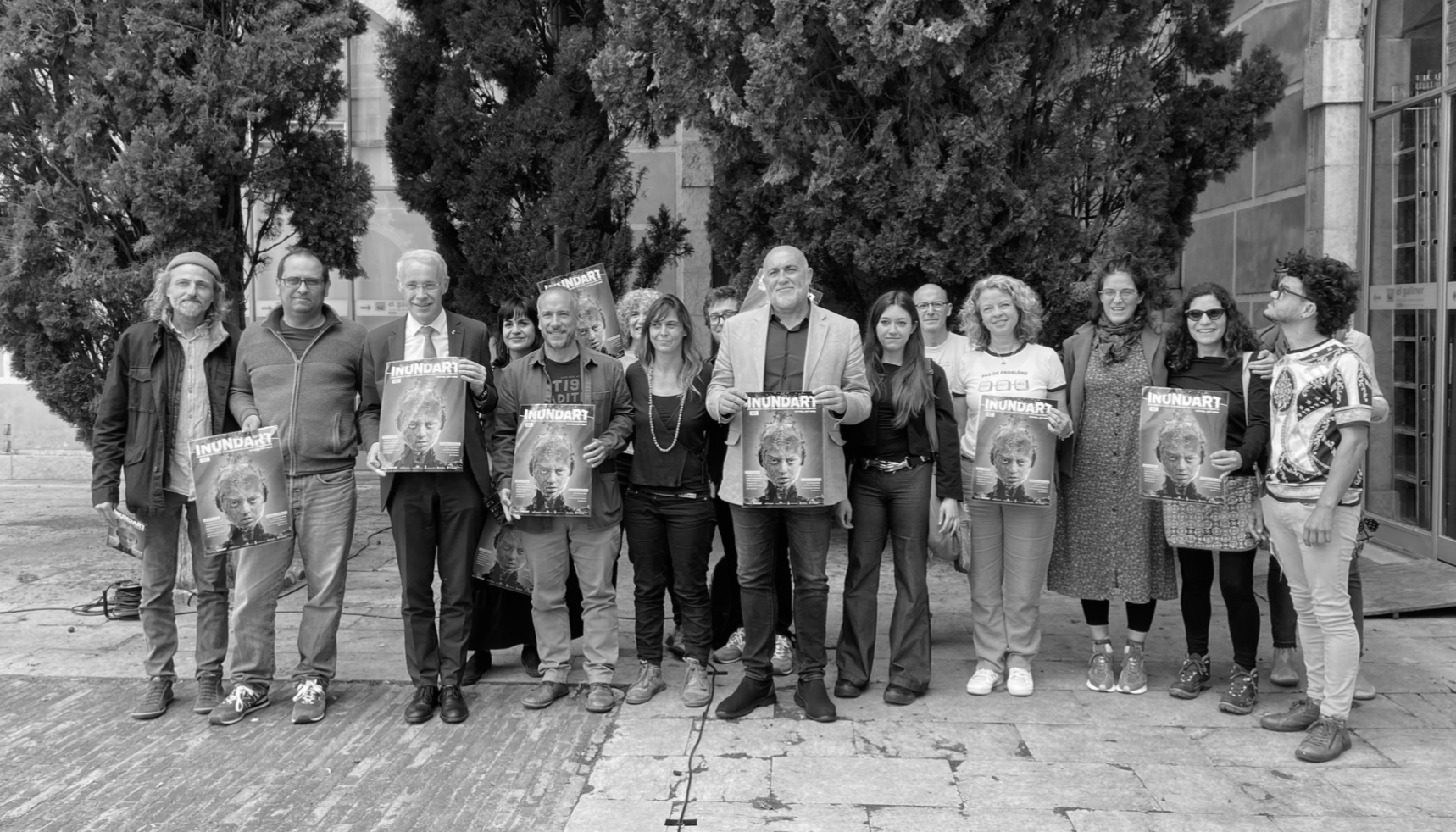Opinion
When emerging art ceases to be...
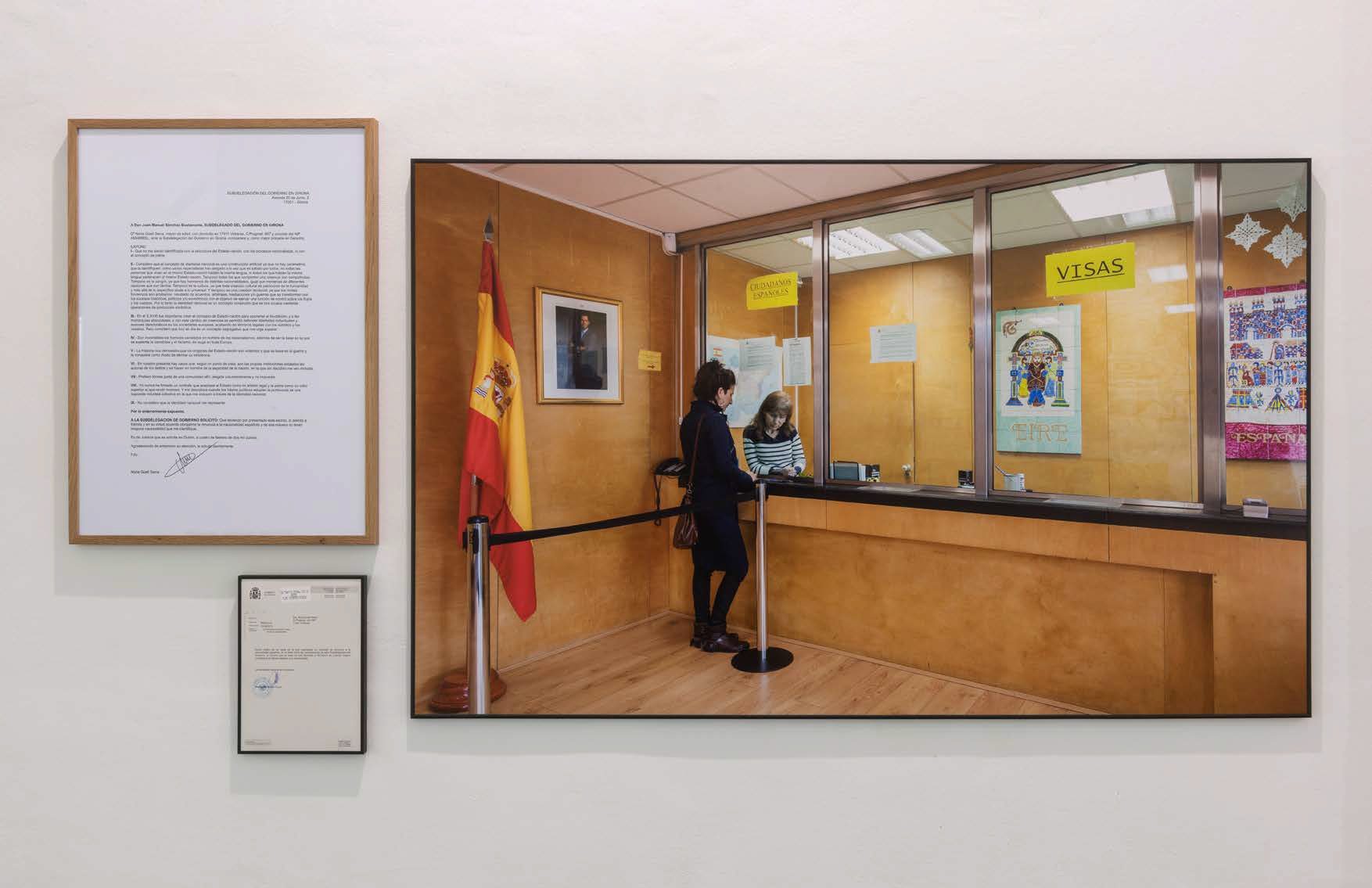
When emerging art ceases to be, it has two paths: consolidation or oblivion. There are more, on the way, I know, but I don't have much space to explore the matter. The problem with emergent art is that, if it does not reach a higher stage, we could broadly call it post-emergence, and it falls into oblivion, very few people will remember what a series of artists did, who programmed a series of centers, which a number of spectators observed.
And, therefore, the successive artistic emergences will be born again from scratch, they will not take into account what their colleagues had already done in more or less remote times, and so on. Fortunately, this loop has now been broken in Catalonia. There are some artistic emergences (those from the nineties of the last century until today; or, to be more precise with the times of emerging practices, until yesterday) that have been recorded. We have an account of things that happened in the world of art and that David Armengol has placed in the condition of artistic emergency. He has done so in the book Emerging Art: The Harvest and the Journey, which was distributed last fall.
The book is part of the gale promoted by Enciclopèdia Catalana, especially thanks to Joan Ricart, director of the Univers Art collection, who is creating a bibliographic corpus in the Catalan language of the first magnitude. And, unfortunately, unique. David Armengol's account is fluid, his chronicle of emerging art leaves a mark. From now on there is a written testimony of artists, processes, places, etc. on the art deployed in Catalonia that until now had not merited a notarial act, so to speak. The choice of the author, speaking from his experience, can sometimes seem a little personal, but believe me if I tell you that when one writes about the immediate, not about the past, one always speaks for what he lived, what he did (or what he didn't do, of course), and to hide it is to deceive the reader.
There is a moment when Armengol writes that making a history of emerging art is not possible. "It is almost an oxymoron", writes Armengol. And I agree. Positivist chronologies and virtuous footnotes were of no use here. When one takes the tone of the chronicle, however, it is when one can be more able to reconstruct the political and cultural contexts in which everything that David explains so well happened. When you talk about these contexts without having experienced them, you make assumptions, no matter how good a historian you are. But when you have experienced it, you have the knowledge and the legitimacy to explain, not only the emerging art, but the political conditions in which it has unfolded.
It must be an obsession of mine, or of my generation, but I would have appreciated some critical brush that brought to light the general precariousness in which the artistic emergency moves; the repetition of names in institutions, juries and programs; the party policies that closed art centers, not for economic reasons, but out of pure laziness. An example: the mayor of CiU who closed Espai Zero in Olot, the first thing he did was schedule an exhibition of nativity scenes. In Armengol's story, the chapter on activist art, with Núria Güell as the great spark, is one of the shortest. And it seems to me that it is not a mistake of the author.




